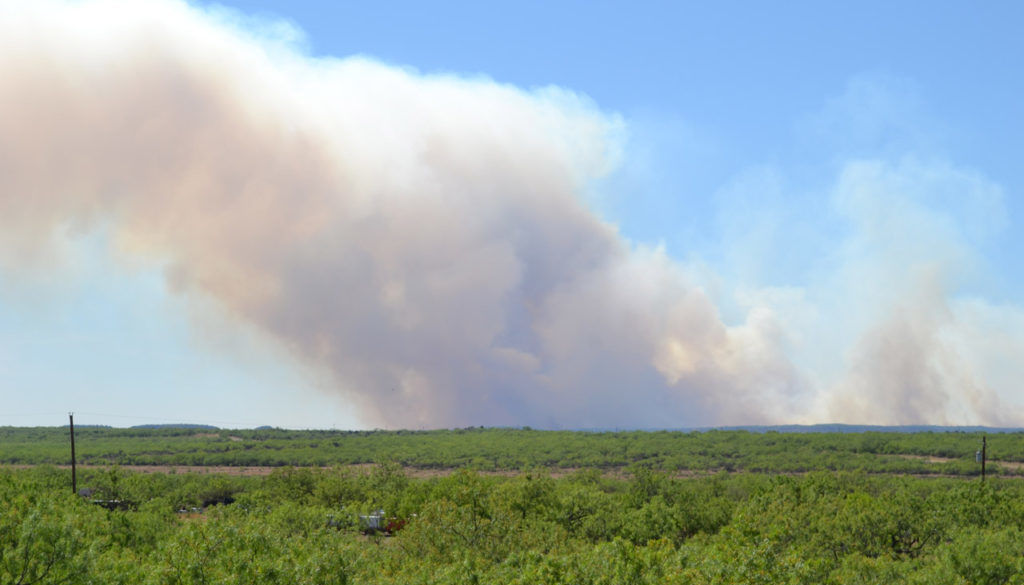Congress Kills BLM’s Planning 2.0 Rule
By
In its march to turn the clock back, the Senate passed legislation today repealing an effort by the Bureau of Land Management (BLM) to improve the management of the broad array of ecological and economic resources found on the 247 million acres of public lands managed by this key agency. The Senate passed the repeal using the once obscure Congressional Review Act (CRA).
The rule, known as Planning 2.0, was an earnest and long-overdue attempt by the BLM to modernize how the public and stakeholders are engaged in order to improve management decisions that could impact lands all across the Western U.S. It established a dynamic framework intended to involve developers and other stakeholders alike earlier in the planning process. The rule also allowed the BLM to adopt more advance planning tools, such as Geographic Information System mapping, to improve transparency and outcomes.
But with today’s vote—assuming President Trump signs the repeal into law—all of those good intentions go by the wayside. The CRA process is a blunt instrument that provides Congress with the ability only to conduct a straight up or down vote on whether a rule should exist at all. Worse, the CRA allows Congress to adopt an expedited process, with no hearings and preventing Senators from using the normal safeguard that prevent bills from passing without 60 votes. But that is far from the worst part of the CRA. Incredibly the law purports to prevent “an agency from ever issuing any ‘new rule that is substantially the same’ without new authorizing legislation from Congress.”
In the case of the BLM’s Planning 2.0 rule, that means that the agency has to revert to the prior planning rule, a rule that was last updated over three decades ago in 1983. A lot of things were popular and cutting edge in 1983, including video tape recorders, the Apple IIe computer, “Return of the Jedi,” and “My Little Pony.” But even if one liked “My Little Pony” as a child, most of us matured and moved on. But Congress apparently does not think the normal maturation process should apply to the BLM.
That requires ignoring a lot of changes. Since the 1980s, there has been a rapidly accelerating amount of pressure placed on our federal lands, including increased oil and gas drilling and the expansion of recreational activities on federal lands, not to mention dramatic changes to our public landscapes thanks to climate change. But with a CRA, even if the BLM wanted to make minor modifications in how it plans for change in the future, it may have to go through the Congressional process first for approval. And that means that the BLM would be handcuffed with a framework from 1983, to the point where staff may not even be able to employ modern tools—including now-standard technology like GIS maps or online databases—to inform the public.
This makes no sense for an agency that has to manage a complex system, particularly when that system is the 240 million acres of lands, waters, and wildlife that need to be stewarded in a manner that will conserve these resources for generations to come. Unfortunately, Congress is getting its marching orders from the fossil fuel industry, which prefers a rigged system and abhors the transparency afforded by the planning rule. It is regrettable that most of the Republicans in Congress cannot appreciate the fact that our public lands deserve better.

